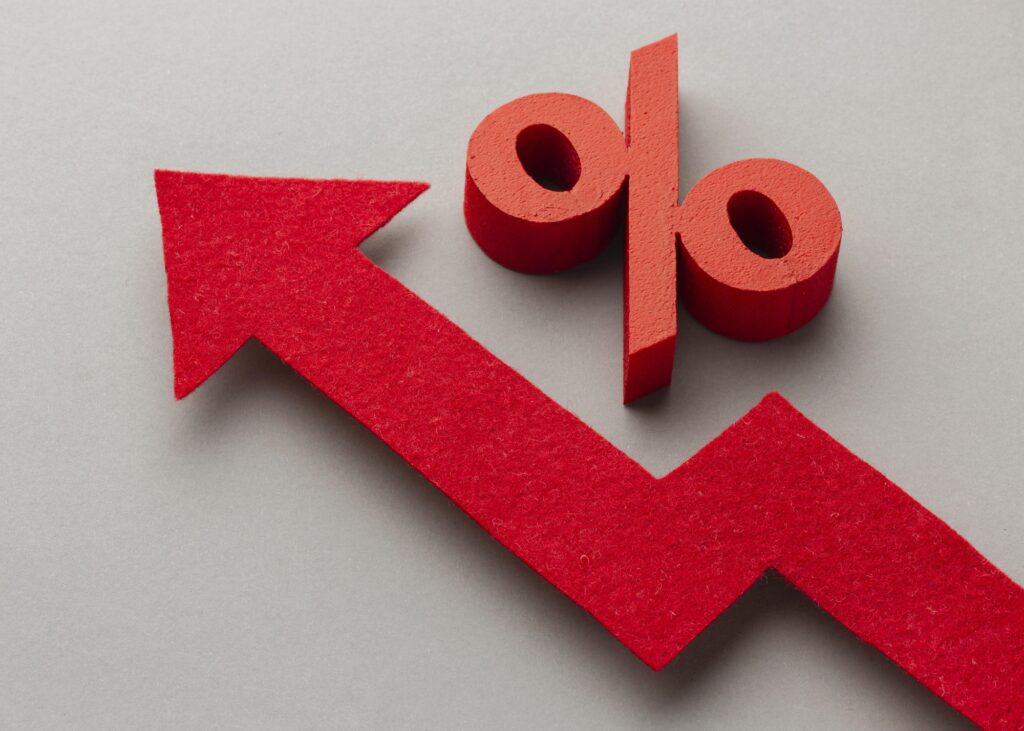
A CNN article says that in June, inflation hit its highest level in 40 years, which caused prices to go up in almost every area. But just because inflation has gone up a lot doesn’t mean that every American has been affected similarly.
For instance, much of the rise in inflation over the past year can be directly linked to rising energy prices, which don’t affect all Americans the same way. Understanding how inflation affects your budget can help you see how your day-to-day costs have changed because of inflation.
If you read the news, you’ve probably seen many people worried about how bad inflation is for the U.S. economy. In reality, it all comes down to how you spend your money. According to the Bureau of Labor Stats, the Consumer Price Index, a basket of hundreds of goods and services, went up 5.4% in Sept, paralleling a similar month last year.
It’s one of the highest percentages the country has seen in over a decade. But based on economists’ best guesses about what most Americans purchase monthly, that official inflation measure might differ substantially from the unofficial inflation you are experiencing.
If you want to understand how anxious about rising prices and whether or not to plan for them, you need to figure out your inflation rate, which differs from what you read in newspapers and hear on cable TV.
What is inflation?
It’s easy to think of inflation as a getting smaller dollar bill as if today’s inflation rate meant that each $1 in your wallet would only be worth 95 cents the next time you went shopping. However, the so-called headline rate is just a one-size-fits-all average that can hide that prices for some goods are increasing a lot while prices for others might stay identical or even depressed.
Depending on how much you spend, inflation can eat a big bite out of your budget or make a small dent. Right now, energy prices are a good example. The director of personal finance at Morningstar says that energy prices are one of the biggest causes of inflation. The rising gas price won’t directly affect you if you don’t drive.
Even if you don’t drive, you might still be affected by higher fuel prices because it might cost more to use public transportation, call a taxi, or carry things to stores. But drivers and people who don’t drive will feel the pain of higher gas prices differently. According to the latest CPI report, gas prices have increased 42% in the past year.
Why is inflation getting worse?
Inflation was out of control for most of 2022, reaching highs that haven’t been seen in decades. Most Americans are feeling the effects to some degree. The U.S. Bureau of Labor Stats tells consumer prices were 8.6% higher in May than in May 2021.
Prices have been going up faster and faster, and June’s year-over-year inflation rate was even higher. This explosive situation was caused by several things happening simultaneously, but it’s no surprise that it started with the COVID-19 pandemic.
According to the Press Association, the pandemic directly caused the economic problems Americans are still feeling almost two years later because of inflation. Things didn’t look good early in the pandemic, but the economy did the opposite of what most people expected and grew quickly.
From the pandemic’s beginning, when demand for goods and services was low, this surge caused it to go through the roof. But supply chains already having trouble couldn’t keep up with the new demand because they were already full.
This made it hard for people to get the things they wanted, leading to prices increasing and a lot of the inflation Americans now face. The Russia-Ukraine war worsened these problems, and energy and food prices didn’t take long to go through the roof. Since several important things have led to the sharp inflation increase, the rate may take a while to slow down.
Finding your inflation rate
By figuring out your inflation rate, you can see where it hurts you most and maybe change some of your spending habits to make a difference. To determine your inflation rate, you need to figure out which parts of inflation directly affect you.
If you drive to work every day, the rising gas price will have a much bigger effect on your budget than working from home. To figure out your inflation rate, you will need to do some research. One of the simplest methods is to look at your expenditures for May or June 2021, a year from now.
Try to categorize your spending as best you can according to the Consumer Price Index. The more exact your answer can be, the more specific you need to be. For instance, the CPI measures the inflation rate for food, and the difference between food eaten out and food eaten at home.
Once you’ve put your expenses, from food to clothes, into different categories, you can multiply each by the CPI’s inflation rate. Add up all of these new numbers, and you’ll find out how much your expenses for May or June 2021 would have charged you this month.
You can estimate your inflation rate by dividing this new number by how much these expenses were priced a year ago. Determining your own inflation rate is not an exact science, especially since prices always change. But if you follow these steps, you can understand how and how your costs have changed over the past year.
